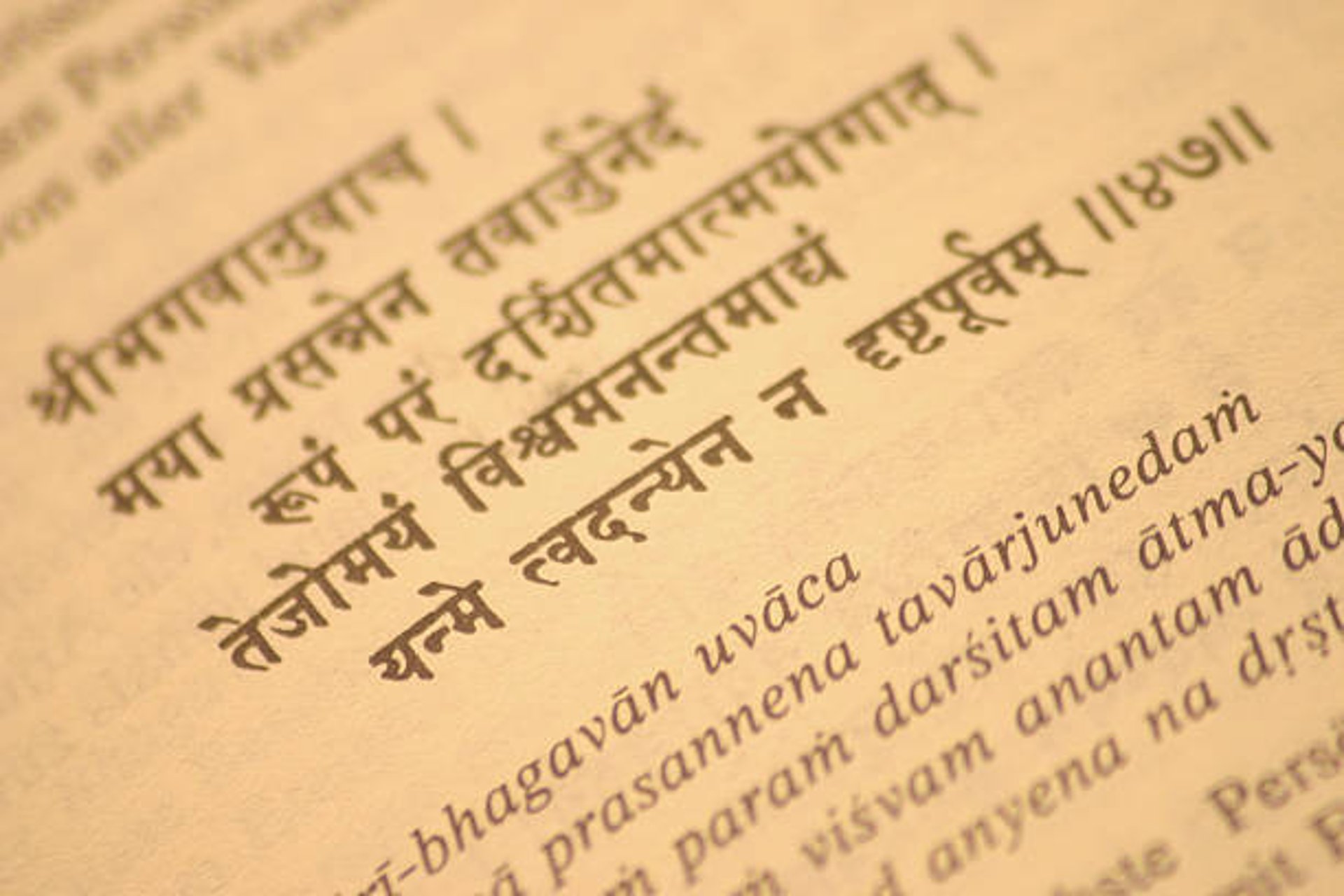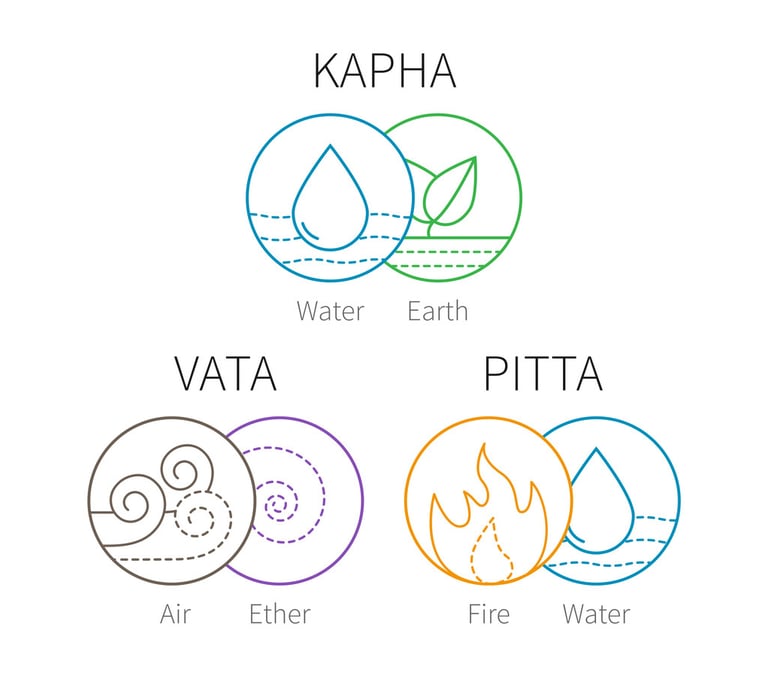

Ayurveda- The Knowledge of life
Ayurveda means 'the knowledge of life'. It describes the holistic health teachings that originated over 5000 years ago on the Indian subcontinent.
Globally, Ayurveda is one of the most widely practiced systems of medicine and deals with all areas of life, with a focus on primary and secondary prevention.
The World Health Organization (WHO) recognizes Ayurveda as a traditional medicine.
Ayurveda is one of the oldest medical systems known to mankind and was originally passed down orally. The practical knowledge was later organized in classical basic texts (Samhita), which still form the basis of Ayurveda today. These texts were written between 400 BC and 700 AD. Over the last 2000 years, a comprehensive body of medical literature has developed which, on the one hand, retains the classical concepts and, on the other, shows a continuous further development and differentiation of the system.

Brhattrayi
The Great Three Scriptures
The classical texts have been handed down in the form of comprehensive guides (Samhita = collection):
1. Caraka Samhita
- the collection of the Caraka
2. Sushruta Samhita
- the collection of the Sushruta
3. Ashtangahridaya Samhita
- the collection that describes the
core of the eight-limbed system of
medicine
Ayurveda believes that the balance between body, mind and soul contributes to a long, healthy life. An imbalance in one or more of these aspects leads to the development of disease. Ayurveda understands this process of disease development and supports its reversal when the knowledge is applied.
In Samkhya philosophy, our tangible world consists of the five elements of space, air, fire, water and earth. A combination of these elements describes the 'doshas', loosely translated as 'life energy':


Vata: space + air
- Pitta: fire + water
- Kapha: earth + water
Each individual has a unique distribution of these doshas and our health is based on maintaining this individual balance.
Definition of health according to the Sushruta Samhita, Sutrasthana XV.41 :
"sama dosha sama agnischa
sama dhatu mala kriyaaha|
Prasanna atma indriya manaha
swastha iti abhidheeyate"
Meaning: 'Health is achieved when the three doshas (Vata, Pitta, Kapha), the digestive fire (Agni), all bodily tissues and organs (Dhatus) and all excretory functions (Purisha excretion, Mutra urine, Sveda sweat production) are in perfect order and thoughts, the mind and the senses are satisfied'.
This definition shows that Ayurveda understands health not only as the absence of disease or symptoms, but also as the well-being of all aspects of body, mind and soul.
How does Ayurvedic medicine diagnose?
Diagnosis in Ayurveda is described as 'Rogi Pariksha' - the observation of the patient, which includes the following three categories:
TRIVIDHA PARIKSHA
I. Darshanam - visual observation
II. sparshanam - physical examination
III. prashnam - anamnesis
Within this diagnosis, 10 areas of information are described:
DASHAVIDHA PARIKSHA
1. dusham - which dhatus (organs and tissues) are affected?
2. kala - time. How quickly does the disease process progress? When do symptoms appear? What is the current season?
3. prakruti - basic constitution
4. vayah - age/phase of life
5. bala - physical strength, immune defense
6. agni - digestion
7. sattva - mental constitution, resilience
8. sattmya - lifestyle
9. desha - geographical location, immediate environment, climate
10. ahara - nutrition
Therapy
Ayurvedic therapy is tailored to the individual constitution, personal needs and possibilities of each individual. Therapeutic action is taken in many areas, including
- Nutrition
- exercise
- Drainage/purification
- Massages/manual therapies
- phytotherapy
- Stress management and strengthening resilience
Is Ayurveda an evidence-based science?
Originally, the science of Ayurveda was based on empirical values that have been tested over thousands of years.
Clinical studies are increasingly proving the effects of Ayurveda within the framework of modern research methodology. Especially the 'detox' programs and specifically Panchakarma are proven by clinical studies in their effectiveness:






© 2025. All rights reserved. Impressum.
Datenschutzrichtlinien
AGB
Widerrufsbelehrung
